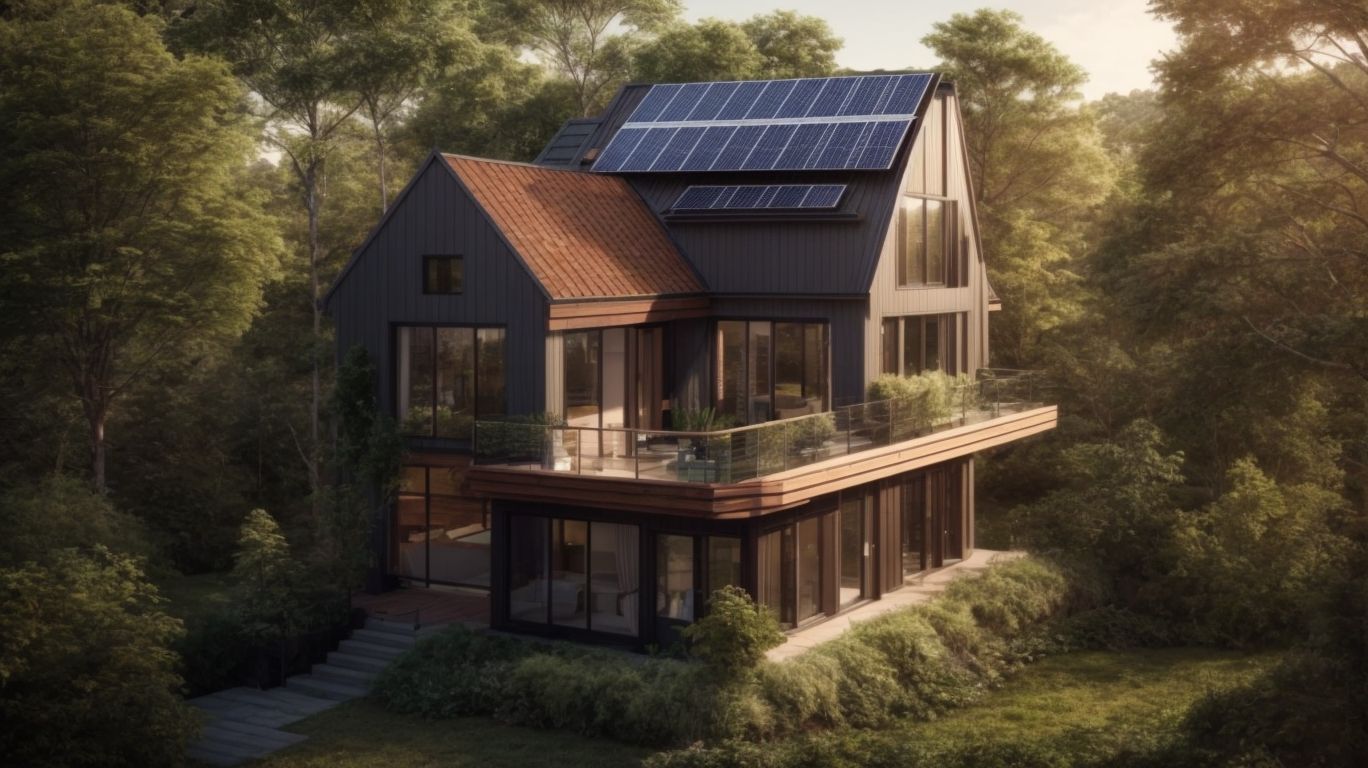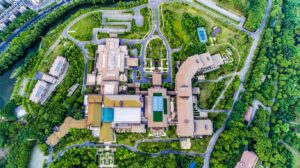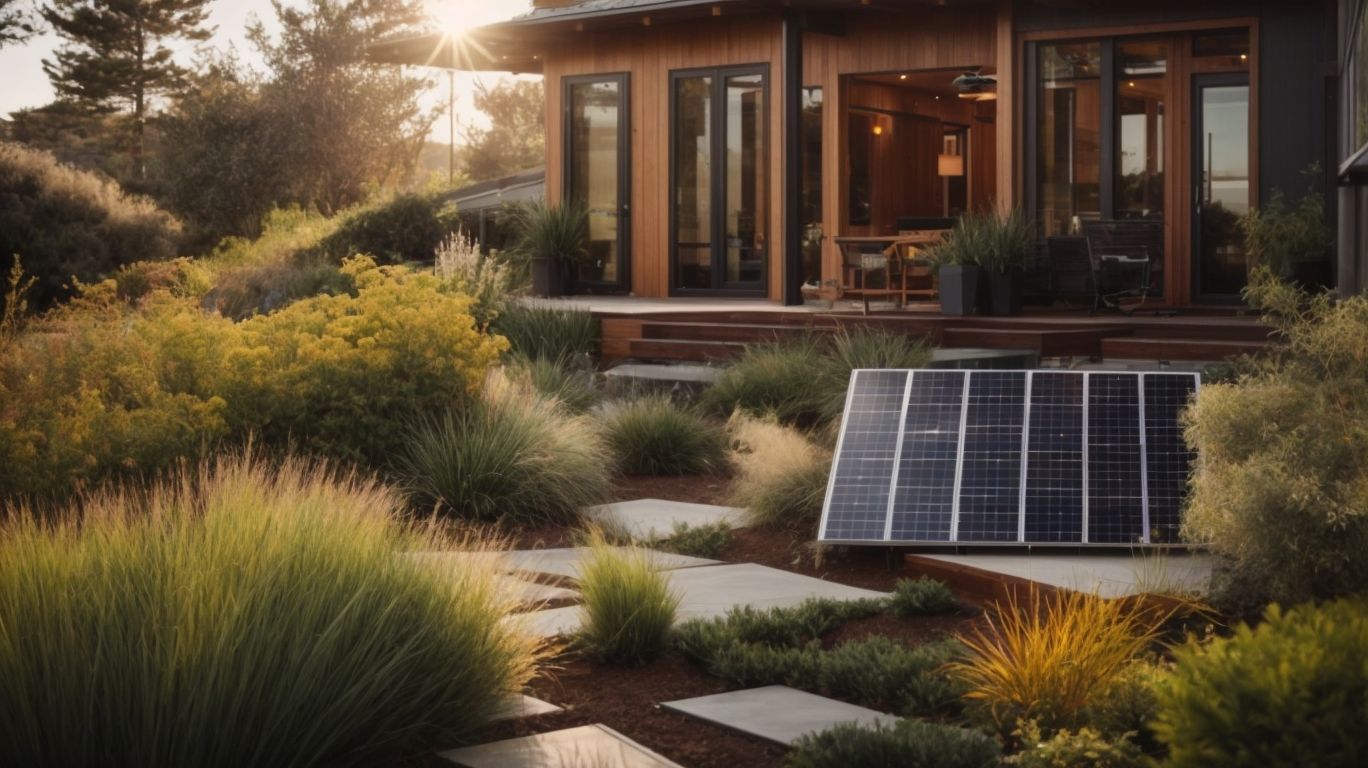
Understanding the Impact of a Second Story Addition on Your Bay Area Home’s Energy Efficiency
Are you considering a second story addition for your Bay Area home?
If so, it’s important to understand the potential impact this addition can have on your home’s energy efficiency.
From increased living space to cost savings, there are many reasons to consider a second story addition.
In this article, we will explore the energy efficiency implications of a second story addition, including increased insulation, improved airflow, and potential cost savings.
Stay tuned to learn how you can ensure energy efficiency in your second story addition and maximize your home’s energy savings.
What Is a Second Story Addition?
A second story addition involves expanding a home vertically by adding another level above the existing structure, providing extra living space and enhancing property value.
This type of renovation project typically requires thoughtful planning and execution to ensure structural integrity and seamless integration with the existing layout.
Homeowners considering a second-story addition must first consult with architects and contractors to evaluate the feasibility of the expansion and obtain necessary permits.
In addition to increasing living space, this renovation can also improve the functionality of the home by allowing for more bedrooms, bathrooms, or additional storage areas.
It’s important to take into account factors like budget, zoning regulations, and potential disruptions during construction when contemplating a second-story addition.
This type of renovation can bring a significant transformation to a home, offering new possibilities and enhancing its overall appeal.
Why Consider a Second Story Addition for Your Bay Area Home?
Opting for a second story addition in your Bay Area home can significantly increase living space, property value, and energy efficiency, making it a desirable renovation choice.
By adding a second story to your home in the Bay Area, you not only expand your living quarters but also have the opportunity to increase the overall value of your property. The additional space can be utilized for extra bedrooms, a home office, or a recreational area, catering to the evolving needs of your family. A second story addition can lead to improved energy efficiency, allowing for better insulation and the integration of modern, sustainable building materials. This enhancement not only lowers energy costs but also contributes to a greener living environment.
Increased Living Space
Adding a second story results in a substantial increase in living space, offering more room for various activities and amenities, thus positively impacting the overall home improvement and property assessment.
The additional space can transform daily living experiences, providing designated areas for relaxation, work, or hobbies. This expansion not only enhances comfort and convenience but also adds significant value to the property. With more room available, homeowners can potentially increase functionality by incorporating extra bedrooms, bathrooms, or even a home office. This expansion opens up numerous possibilities for customization and personalization, allowing individuals to tailor their living space to suit their specific needs and preferences.
Cost-Effective Alternative to Moving
Choosing a second story addition can be a cost-effective alternative to moving to a new property, offering the potential for increased property value, renovation benefits, and enhanced resale value in the long run.
When considering the cost-benefit analysis, opting for a second story addition allows homeowners to avoid the hefty expenses associated with purchasing a new home and the various costs linked to moving. Not only does this choice result in significant savings, but it also leads to a tangible increase in the overall property value.
By investing in a second-story addition, homeowners can enjoy the benefits of customizing their living space to suit their specific needs, enhancing their comfort and satisfaction. This type of renovation project can also yield higher returns on investment by significantly boosting the resale value of the property.
Maintains Neighborhood Aesthetics
A second story addition ensures that your home blends seamlessly with the neighborhood aesthetics, adhering to architectural standards and promoting sustainability through green building practices and efficient construction methods.
By incorporating elements such as energy-efficient windows, solar panels, and eco-friendly materials, the second story addition not only enhances the visual appeal of your home but also contributes to a more environmentally conscious lifestyle. Embracing sustainable design principles in the construction process can significantly reduce your carbon footprint and lower energy costs in the long run. Aligning the new structure with the existing architectural styles of the neighborhood helps maintain a cohesive and harmonious community landscape, enhancing the overall value and appeal of the area.
What Are the Energy Efficiency Implications of a Second Story Addition?
When considering a second story addition, it is crucial to evaluate the energy efficiency implications, including enhanced insulation, improved heating and cooling systems, and optimized ventilation for sustainable living.
Efficient insulation plays a pivotal role in maintaining a comfortable indoor environment, reducing heat loss in winter and heat gain in summer. Upgrading to high-quality insulation materials can significantly lower energy consumption and utility bills. Similarly, the selection of energy-efficient heating and cooling systems can ensure better temperature control and minimize wastage. Ventilation systems are also essential for air quality and moisture control, contributing to a healthier and more sustainable living space. By incorporating these energy efficiency measures, homeowners can create a more environmentally-friendly and cost-effective living environment.
Increased Insulation
Enhancing insulation during a second story addition contributes to significant energy savings, improved weatherization, and enhanced thermal performance, leading to a more comfortable and efficient living environment.
By increasing the insulation in your home, you not only save on your energy bills but also reduce your carbon footprint. Proper insulation helps in maintaining a consistent indoor temperature, reducing the need for constant heating or cooling. This improved thermal performance not only enhances the comfort of your living space but also ensures that your HVAC systems work more efficiently, leading to a longer lifespan and decreased maintenance costs. Effective insulation also helps in minimizing drafts and cold spots, making your home more cozy and inviting.
Improved Airflow and Ventilation
Optimizing airflow and ventilation systems in a second story addition enhances indoor air quality, promotes sustainability, and supports energy audit initiatives to ensure efficient energy consumption.
By improving airflow and ventilation, you not only create a healthier indoor environment but also reduce the potential for mold growth and odors. Proper ventilation ensures that pollutants and allergens are efficiently removed from your living spaces, contributing to a better quality of life.
Sustainable practices in ventilation design can significantly decrease the carbon footprint of a building, aligning with eco-friendly trends and reducing environmental impact. When considering energy audits, well-managed airflow and ventilation systems are crucial in maximizing energy efficiency and reducing utility costs.
Energy-Efficient Windows and Doors
Installing energy-efficient windows and doors in a second story addition maximizes natural light exposure, enhances energy monitoring capabilities, and reduces energy consumption for sustainable living.
These modern windows and doors not only allow ample sunlight to flood into the living space, creating a bright and inviting atmosphere, but they also offer advanced energy monitoring features that help homeowners track and manage their energy usage efficiently. By opting for energy-efficient options, individuals can significantly decrease their energy bills and carbon footprint, contributing to a more eco-friendly and cost-effective lifestyle. The combination of natural light benefits and energy-saving technology makes these upgrades invaluable for those seeking a greener home environment.
Upgraded HVAC System
Upgrading the HVAC system during a second story addition enhances energy conservation efforts, improves thermal comfort levels, and enables precise climate control for a sustainable and energy-efficient living environment.
A modern HVAC system not only reduces energy consumption but also ensures that each room in the house receives optimal heating or cooling. By upgrading to a more efficient system, homeowners can experience consistent temperatures throughout the entire living space. This upgrade helps in maintaining a comfortable environment regardless of the weather conditions outside. Advanced HVAC technology allows for programmable thermostats and zoning capabilities, giving more control over temperature settings in different areas of the house. These features contribute significantly to enhancing the overall comfort and convenience of the living space.
Potential for Solar Panel Installation
Consider incorporating solar panel installation in your second-story addition to harness renewable energy, utilize eco-friendly materials, reduce utility bills, and lower the carbon footprint of your home.
By integrating solar panels into your second-story addition, you can take advantage of the sun’s abundant energy source to power your home. Not only does this eco-friendly choice help in reducing your reliance on traditional energy sources, leading to significant savings on your utility bills, but it also plays a vital role in minimizing your household’s carbon footprint. Utilizing sustainable materials in the construction process further enhances the overall environmental impact, creating a greener living space for you and your family.
How Can You Ensure Energy Efficiency in Your Second Story Addition?
Ensuring energy efficiency in your second story addition involves incorporating energy-efficient upgrades, implementing green home improvements, conducting thorough weatherization, and performing regular energy audits for optimal sustainability.
- One of the key steps to achieve energy efficiency in a second story addition is to focus on energy-efficient upgrades such as installing energy-efficient windows and doors, using energy-efficient appliances, and opting for LED lighting.
- Incorporating green home improvements like installing solar panels, using sustainable materials for construction, and adding insulation can significantly reduce energy consumption.
- Weatherization practices such as sealing air leaks, insulating attics and walls, and maintaining HVAC systems also play a crucial role in enhancing energy efficiency.
- Conducting regular energy audits to identify areas of improvement and tracking energy usage patterns can help in continually optimizing the sustainability of your second story addition.
Work with an Experienced Contractor
Collaborating with an experienced contractor for your second story addition ensures compliance with building codes, obtaining necessary permits, incorporating innovative architecture, and implementing energy-efficient practices for a successful renovation project.
The expertise of a skilled contractor is crucial in understanding and adhering to the complex web of building codes that govern construction projects, particularly vertical expansions like a second story addition. They possess the knowledge to navigate the intricate permit acquisition process, ensuring all necessary paperwork is in order for a hassle-free build.
When it comes to architectural considerations, a seasoned contractor can provide valuable insight into optimizing space utilization and enhancing the aesthetic appeal of the new addition. Incorporating energy-efficient practices into the design and construction further adds value to the project, reducing long-term operational costs and environmental impact.
Choose Energy-Efficient Materials
Selecting energy-efficient materials for your second story addition promotes sustainable construction practices, enhances energy efficiency, supports energy monitoring initiatives, and ensures a greener living environment.
By opting for materials that are designed to reduce energy consumption, homeowners can significantly lower their utility bills over time. The selection of sustainable materials not only contributes to a healthier indoor environment but also minimizes the carbon footprint of the building. Incorporating energy-efficient materials plays a crucial role in reducing greenhouse gas emissions and conserving natural resources.
Keeping an eye on energy usage through monitoring systems allows for better control and optimization of energy consumption, leading to long-term cost savings and increased overall efficiency.
Consider Passive Solar Design
Exploring passive solar design options for your second story addition can lead to reduced energy consumption, improved efficiency ratings, and eco-conscious choices that prioritize sustainable living practices.
Incorporating passive solar design elements in a second story addition offers numerous benefits beyond just energy savings. By harnessing the power of the sun’s natural light and heat, you can increase the energy efficiency of your home, resulting in lower utility bills and a smaller carbon footprint. Passive solar design can enhance the overall comfort of your living space, providing a cozy and environmentally friendly environment for you and your family. Making these eco-conscious decisions not only benefits your household but also contributes positively to the planet’s sustainability efforts.
Invest in Energy-Efficient Appliances and Lighting
Investing in energy-efficient appliances and lighting fixtures for your second story addition supports effective energy management practices, facilitates retrofitting initiatives, and enhances overall sustainability in your living space.
By opting for energy-efficient appliances and lighting fixtures, you can significantly reduce your electricity consumption and lower your monthly utility bills. These eco-friendly options not only help in minimizing your carbon footprint but also provide long-term cost savings. The advanced technology embedded in energy-efficient appliances ensures optimal performance and longevity, contributing to a more comfortable and sustainable living environment.
Retrofitting your second story with these modern appliances and fixtures not only modernizes your space but also aligns with the latest trends in green construction, highlighting your commitment to environmental responsibility.
Conduct Regular Energy Audits
Regular energy audits in your second story addition help monitor electricity usage, promote energy conservation practices, and enhance the resale value of your property through optimized energy management strategies.
By regularly assessing your energy consumption patterns and identifying areas where energy is being wasted, you can take proactive steps to reduce unnecessary electricity usage.
Implementing energy conservation initiatives such as switching to energy-efficient appliances, improving insulation, and installing smart thermostats can lead to significant cost savings in the long run.
Potential buyers are increasingly valuing energy-efficient homes, making your property more attractive in the competitive real estate market.
What Are the Potential Cost Savings of a Second Story Addition in Terms of Energy Efficiency?
Considering the potential cost savings of a second story addition in terms of energy efficiency involves conducting a thorough cost-benefit analysis, integrating solar panels, optimizing window designs, and reducing utility bills for long-term financial benefits.
By incorporating energy-efficient features like solar panels into the design, the electricity costs can be significantly reduced over time. Optimizing window placements and types can enhance natural lighting and ventilation, decreasing the reliance on artificial lighting and heating or cooling systems. These small adjustments contribute to substantial savings on utility bills in the long run, making the initial investment in energy-efficient upgrades worthwhile for homeowners looking to minimize ongoing expenses.




No Comments